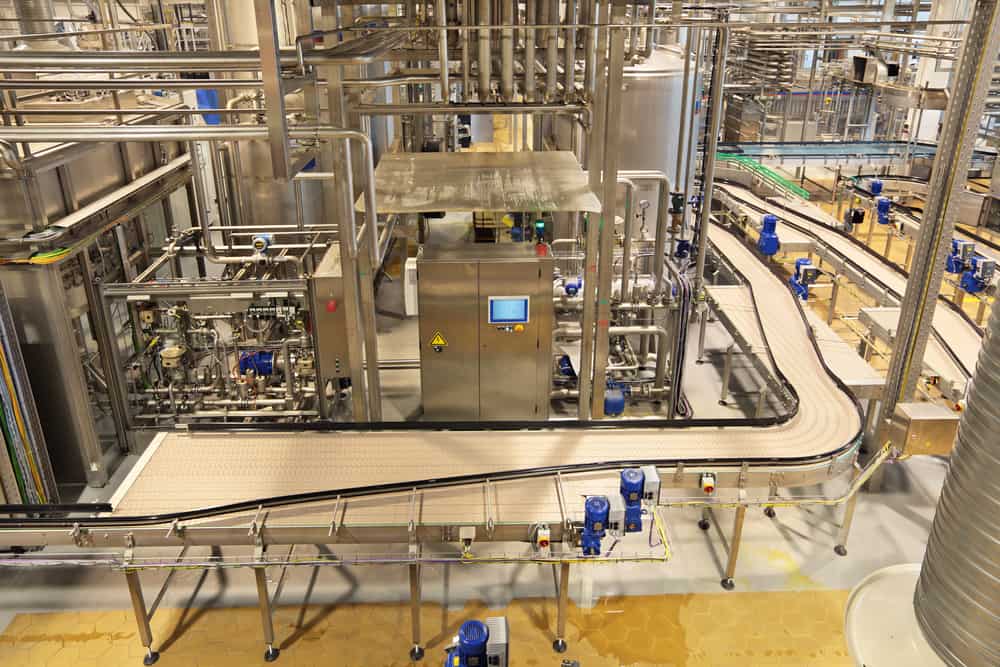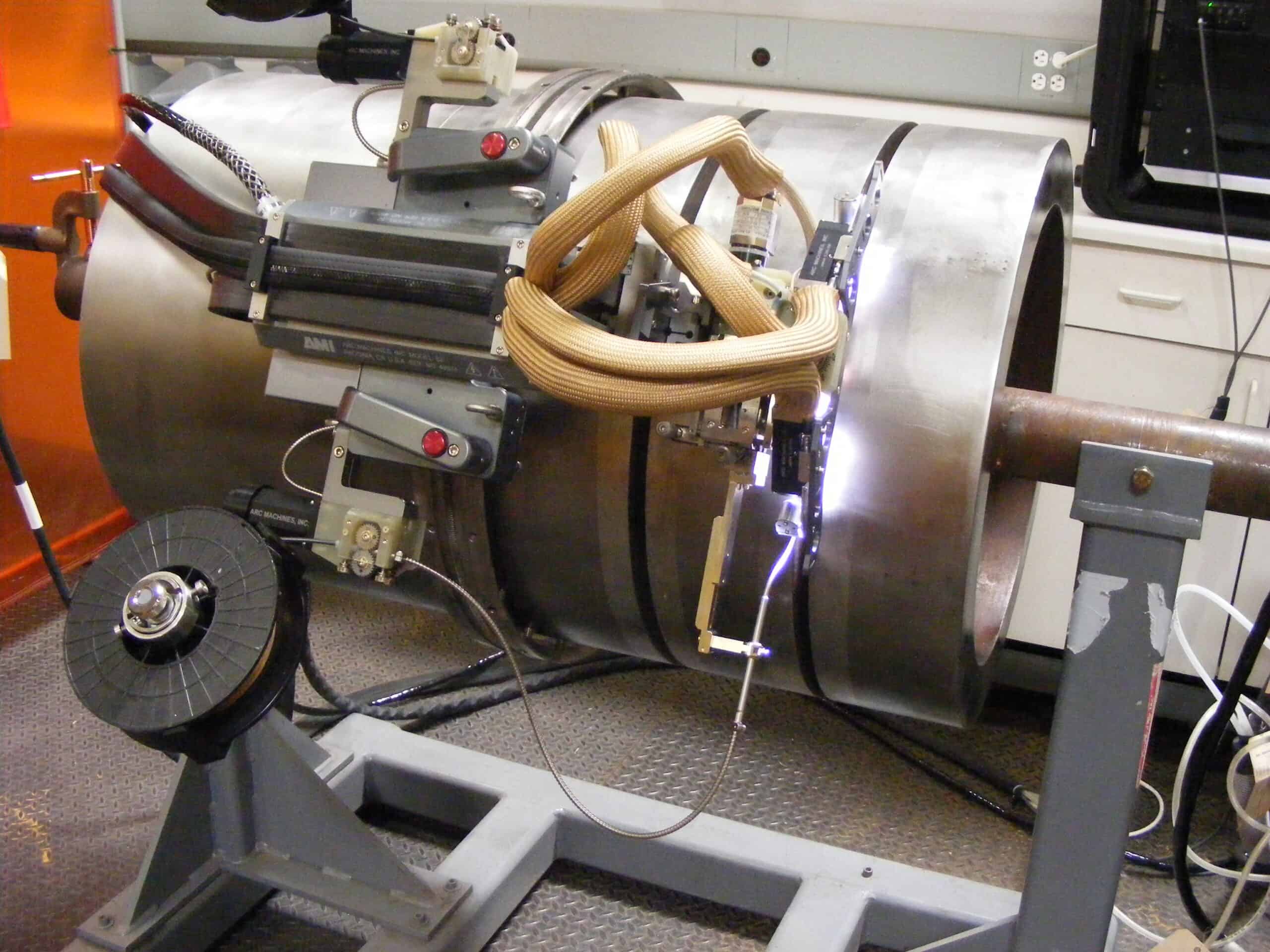
Excluding water, tea and coffee, perhaps unsurprisingly, are the most consumed beverages in the world. However, would you have assumed that beer ranks third? A nice cold beer apparently remains one of life’s treasures for many people. Regardless of which beverage you prefer, though, it was almost certainly produced in a factory whose processing systems rely on pipes and tubes.
Today, manufacturers rely heavily on industrial equipment and processes for consumables: almost all of the foods and beverages we consume are either made, processed, or packaged automatically. This degree of automation is facilitated by the application of safety guidelines and sanitary welding principles and techniques.
Let’s take a closer look at the practice of hygienic welding, its importance to modern industry, and its implementation process.
What Is Hygienic Welding?
Hygienic welding—a term often used interchangeably with sanitary welding—refers to the welding of piping and tubing systems where the contents, if compromised, could harm end users, causing illness, disease, or even death.
Why Are Hygienic Considerations Important to Industrial Welding?
There are many areas worldwide where the primary food source is still an open market where farmers, hunters, and foragers sell directly to locals. While these venues possess a nostalgic appeal, they’ll never supply the sheer volume of food products needed to satisfy the demand of a world’s population of nearly 8 billion people. Nor can they meet hygienic standards necessary to protect the public from contaminated products. Growers, producers, and manufacturers across industries and markets have instead turned to automation to meet today’s demands in volume, quality, and safety.
For sanitary or hygienic systems, such as food and biopharma applications, automated processing requires piping or tubing. In most cases, manufacturers employ stainless steel because it is smooth and corrosion-resistant. For these projects, a paramount concern that manufacturers must address is contamination.
Contaminated welds may enable the entrapment of dirt, dust, process debris, or other microbes to enter the transported contents. Depending on the degree of integration, entire batches of the product may need to be scrapped to avoid exposing the intended consumers to possible illness or worse. Therefore, post-welding cleaning is required; additionally, cladding and overlays are sometimes necessary.
Hygienic welding standards can help ensure that these systems meet the structural and hygienic demands for processing and handling food products.
Hygienic Welding Standards
It is well-known that the highest-quality welding process is TIG welding, or GTAW. The AWS has issued a set of standards for welds produced by GTAW to address sanitary issues associated with piping and tubing systems used for handling products intended for human or animal consumption. These standards are published in AWS D.18.1:199 Specification for Welding of Austenitic Stainless Steel Tube and Pipe Systems in Sanitary (Hygienic) Applications, and products covered by the standard include the following:
Products Covered by AWS 19.1:199
- Vegetables
- Poultry
- Meat
- Dairy
- Beverages
Adhering to the standard is required for new systems; however, the hygienic welding standard established in AWS D.18.1:199 can—and probably should—be used for repairs or renovations to existing piping and tubing systems.
Ensuring Your Welding Meets Hygienic Standards
When welding with stainless steel, the preferred material for systems that require hygienic welding, concerns regarding safety and cleanliness must be addressed to protect the welder and consumers, respectively. For TIG welding, the best cleaning method is electropolishing. For welder protection, the primary concern is the TIG welder’s proximity to the toxic fumes produced as a result of the chromium in stainless steel. Therefore, welding fume safety must be a primary consideration when performing hygienic welding.
The best way to simultaneously satisfy the hygienic welding standard and protect the welder is to apply an orbital welding process.
Benefits of Orbital Welding for Hygienic Piping Systems
- Automation ensures consistent and repeatable high-quality welds
- Better process control due to remote, unobstructed view of the weld
- Welder or operator is removed from the work area and from exposure to fumes
- Multiple processes can run simultaneously
- Higher efficiency due to reduced need for weld repairs
By applying an automated GTAW process such as orbital welding, you can meet and exceed the industry standards for hygienic welding while maintaining welder safety.
Arc Machines, Inc., since its founding by former NASA engineers in 1976, has been an industry leader in producing high-quality and high-tech welding equipment. Our orbital welding machines and TIG weld heads that allow you to safely perform hygienic welding that adheres to industry standards. For inquiries regarding products, contact sales@arcmachines.com. For service inquiries, contact service@arcmachines.com. Arc Machines welcomes the opportunity to discuss your specific needs. Contact us to arrange a meeting.





